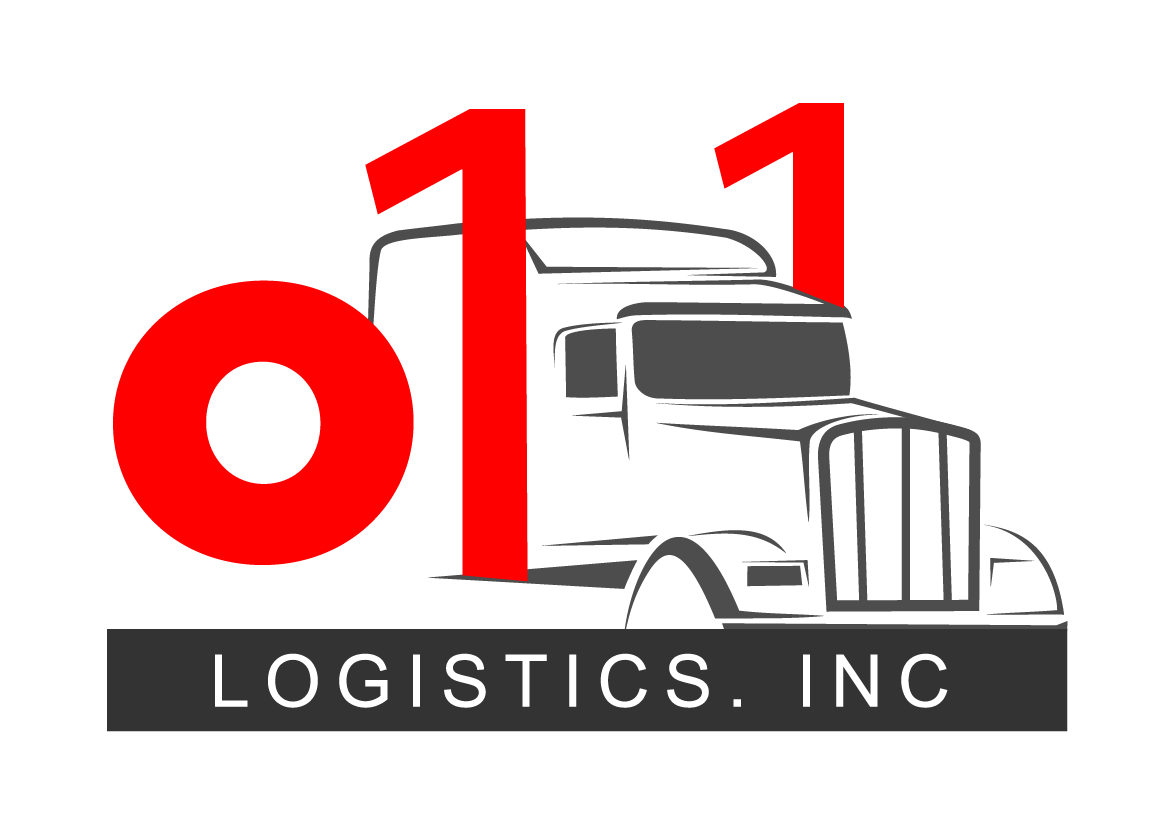Flatbed shipping definition.
Flatbed shipping is transportation for cargo that may not require the enclosure of a dry van, cannot be loaded or unloaded from a dock or does not fit within the dimensions of standard truck trailers. A flatbed’s design allows for cranes and forklifts to load goods from all angles.

Benefits of flatbed shipping.
- Flatbed shipping provides some dimensional flexibility for large freight since there are no physical walls.
- Where dry van trailers are loaded from the rear, flatbed trucks can be loaded from either side, as well as the top and back.
- Flatbed equipment includes step decks, double drops and RGNs
Common flatbed shipping questions.
- What are the typical dimensions of a flatbed trailer? A legal flatbed trailer is typically 48’ or 53’ long and 8.6’ wide, weight capacity 48,000lbs, with varying deck length for step decks, double drops and removable goose necks (RGNs). When loading a flatbed trailer, shippers need to be aware of the maximum height and width allowed on roads. Our helpful experts can guide you through those determinations.
- What are some common types of flatbed trailers? Legal flatbeds, step decks, double drops and RGNs are some of the most common flatbed trailers used for shipping.
- Are tarps required for all shipments? Not all flatbed loads require a tarp. With this in mind, it’s important to find a truck that is properly appointed should you need one.
- How are products loaded and unloaded onto flatbeds? The process to load flatbed shipments is dependent upon the particulars of the shipping location and the type of cargo being handled. If your goods require the use of a crane for loading, take steps to ensure the appropriate equipment is available when your truck arrives for the most efficient operation.
- Are additional accessories required when shipping via flatbed? Similar to tarps, the required use of items like chains or corner protectors should be conveyed when booking the shipment. This way, your freight service provider can help designate the appropriate truck for your shipment.

Flatbed shipping tips.
- Be knowledgeable about your freight: When booking a flatbed shipment, be sure to understand all the particulars of your shipment, including the commodities being shipped, the value, dimensions and weight. If your flatbed shipment is hauling uniquely shaped or heavy freight, then securing, loading, and unloading it might be more physically taxing. This is particularly critical if your freight is pushing the length, height, or weight limits of the flatbed trailer.
- Understand the trailers:
Familiarize yourself with the equipment before you book a shipment to make the most cost-effective and safe choices. Extended trailers and conestogas can be harder to find and your freight service provider may need advanced notice when they are required.
- Work with professionals: Think about working with an expert that can help secure capacity and locate the equipment needed to move your freight. It will certainly make shipping a lighter load for you
